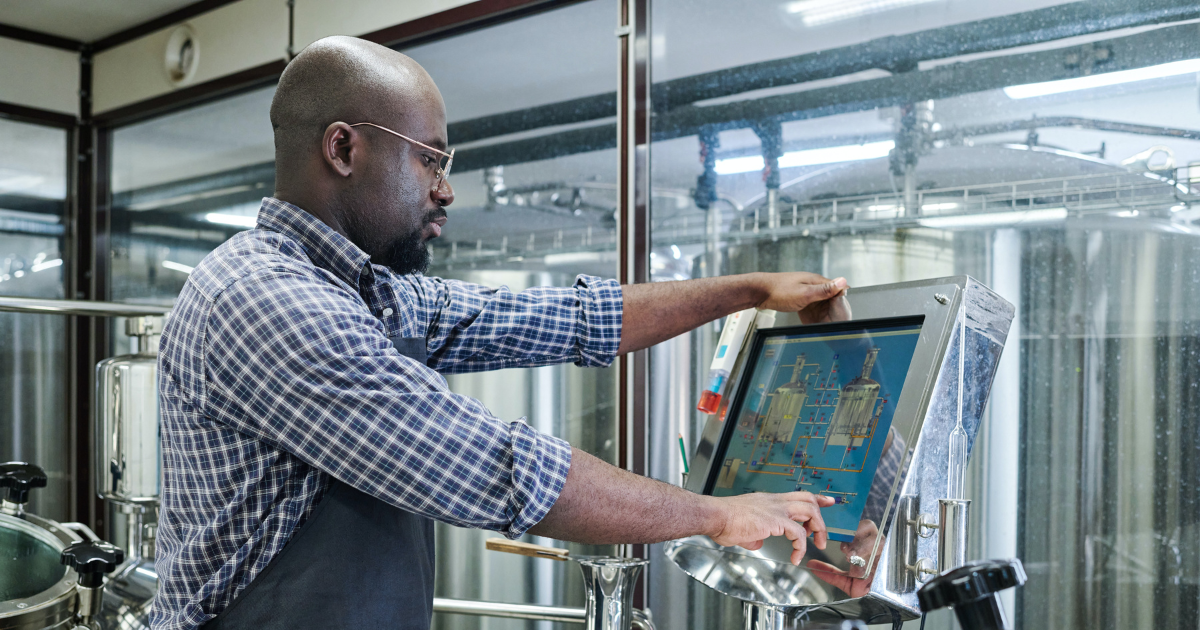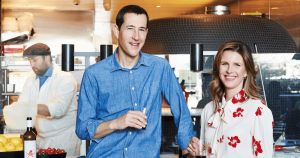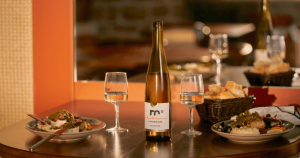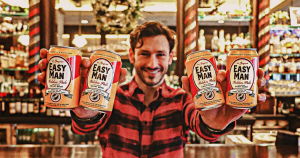Visitors to Spirited Away are often curious about how non-alc drinks are made. While I’m no expert in beverage production, I think I’ve developed a helpful rubric for understanding the different methodologies in terms of their relationship with fermentation, the process in which yeasts convert sugar into alcohol, carbon dioxide, water and heat.
Almost any plant can be fermented. Grains (beer, spirits) and grapes (wine) are some of the most common, but there’s also honey (mead), fruits (brandies), rice (sake), sugarcane (rum), etc. Fermentation is integral to the process of making alcoholic drinks.
Although alcohol alternatives are now very much their own thriving category that needn’t define themselves by alcohol industry terms, in this case I think defining them in terms of their relationship with fermentation still makes sense.
The five categories: non-fermented, pre-fermented, low-fermented, fermented and post-fermented.
1. Non-fermented
Glycerin bitters, most ready-to-drink cocktails, some wine proxies, spirits, hops waters and other “alternatives”
Many non-alc drinks are made without using fermented ingredients in the production process. Producers start with a non-alcoholic base liquid (like water or verjus) and layer on teas, spices, botanicals, vinegars, bitters and other flavorings and structural elements.
There are a plethora of interesting flavors from around the world that brands like Melati, Bax Botanics, Abstinence and countless others use to make their non-alc drinks, especially those with terroir, so unique.
Confusingly, alcohol is integral to the production of some non-fermented beverages, specifically distilled botanical spirits. For example, Seedlip uses neutral grain spirits in techniques like steaming, decanting and distillation to extract plant flavors. Distillation removes the alcohol from the botanical mash while concentrating its flavors.
2. Pre-fermented
Verjus, sparkling teas
Verjus, tart “green juice,” is made from wine grapes that have yet to ferment. Fine sparkling teas like Copenhagen and Saicho are sweetened with sugar or honey and would eventually ferment under the right conditions (given a little yeast and bacteria and some time and oxygen).
3. Low-fermented
Kombuchas, juns (and maybe some beers?)
Kombuchas and juns are made when a symbiotic culture of bacteria and yeast (“SCOBY”) ferments a tea sweetened with sugar or honey, respectively. In order to keep ABVs below 0.5%, the fermentation process is halted by bottling, chilling and, in some cases, pasteurizing.
4. Fermented
Beers and de-alcoholized wines
To make most non-alcoholic beers and wines, producers start by making an alcoholic beer or wine by fermenting grains or grapes, respectively. Then they begin the process of removing the alcohol (“de-alcoholization”) and continue until they reached their desired ABV (0.5% if you wish to meet the American definition of “non-alcoholic”).
De-alcoholization (via reverse osmosis for most beers, vacuum distillation for most wines, etc.) is a high tech process in which innovations are driving rapid product quality improvements. Expect your favorite non-alc wines and beers to get even better in the years to come!
Broadly, reverse osmosis works using a membrane “filter” to remove alcohol. Vacuum distillation works using pressure, low heat and sometimes centripetal force (e.g. the “spinning cone” method) to take advantage of the fact that alcohol boils off at a lower temperature in a vacuum.
5. Post-fermented
Shrubs, wine proxies, etc.
Many of my favorite non-alc drinks are made using vinegars. Vinegar is produced by continuing the fermentation process, or “double fermenting.” The first fermentation creates alcohol (as discussed above) and the second fermentation then converts the alcohol into acetic acid.
I find that vinegar’s acidity lends complexity and depth to many non-alc drinks that would otherwise find themselves lacking it due to the absence of alcohol.
I’m curious to know how you categorize non-alc beverage production methods. Are there any alcohol alternatives that don’t fit into one of those five categories? Let us know on TikTok, Instagram or Twitter!






